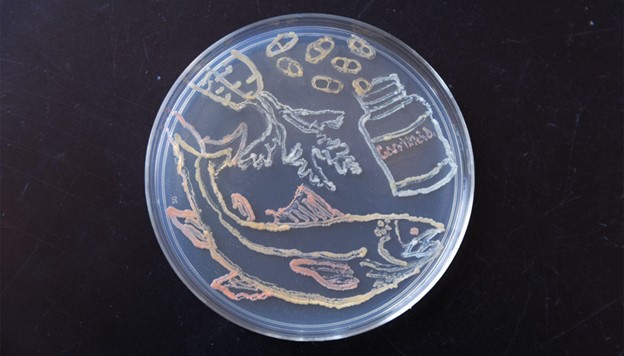Charge Letter of Dr. Martha Krebs, June 10, 1997
June 10, 1997
Dr. Keith O. Hodgson
Chair, DOE Health and Environmental
Research Advisory Committee
Department of Chemistry
Stanford University
Stanford, California 94305
Dear Dr. Hodgson:
In 1992, the Health and Environmental Research Advisory Committee (HERAC) published a seminal report on structural biology. This report provided a multi-year plan to address the needs of the structural biology research community through access to Department of Energy (DOE) national user facilities and provided a framework for the investment of Biological and Environmental Research (BER) resources in this expanding area. Many of the recommendations in that report have been met with BER-funded initiatives, particularly for the synchrotron facilities. Structural biology use of the DOE operated national user facilities has grown from a few percent in 1990 to approximately 30 percent in 1997, in significant measure as a result of these activities.
Indeed, since 1992, structural biology has become an increasingly indispensable enabling discipline for both basic and applied research in many fields, with projections for continued substantial growth in the years ahead. It is thus an appropriate time to evaluate the current status of the BER program, not only in light of the recommendations of the 1992 report, but also to provide a prospective look into the next decade. HERAC should specifically consider:
- An update on the current state of beam lines and instrumentation at synchrotron facilities and projected needs into the future that should be addressed by the BER program. Are sufficient resources being provided? What are the opportunities for new breakthroughs and technologies?
- The evolving need for high field nuclear magnetic resonance and mass spectrometry facilities and the changing situation with regard to neutron diffraction and scattering resources in structural biology and what role the BER program should play in each of these activities. How will these technologies impact the future? What should be the priorities among the technologies and within each technology for further investment by the BER program?
- The role of basic biological research in structural biology as well as the role of computational structural biology as complements to BER-funded facility operations and development. How valuable are these currently small components of the BER program portfolio?
- The role of the technological research component of the program. Do technological obstacles such as detectors and other instrumentation, computing systems, etc., remain that are sufficiently limiting to users of the structural biology facilities that research to overcome them should receive significant funding?
- The coordination of the BER program with the DOE Office of Basic Energy Sciences and with other agencies--such as the National Institutes of Health and the National Science Foundation--in developing a plan to meet the projected needs and the appropriate roles of each agency in the various partnerships.
I look forward to your findings and recommendations and would appreciate receiving a progress report on the program's development and direction by February 28, 1998.
Sincerely,
Martha A. Krebs
Director
Office of Energy Research



